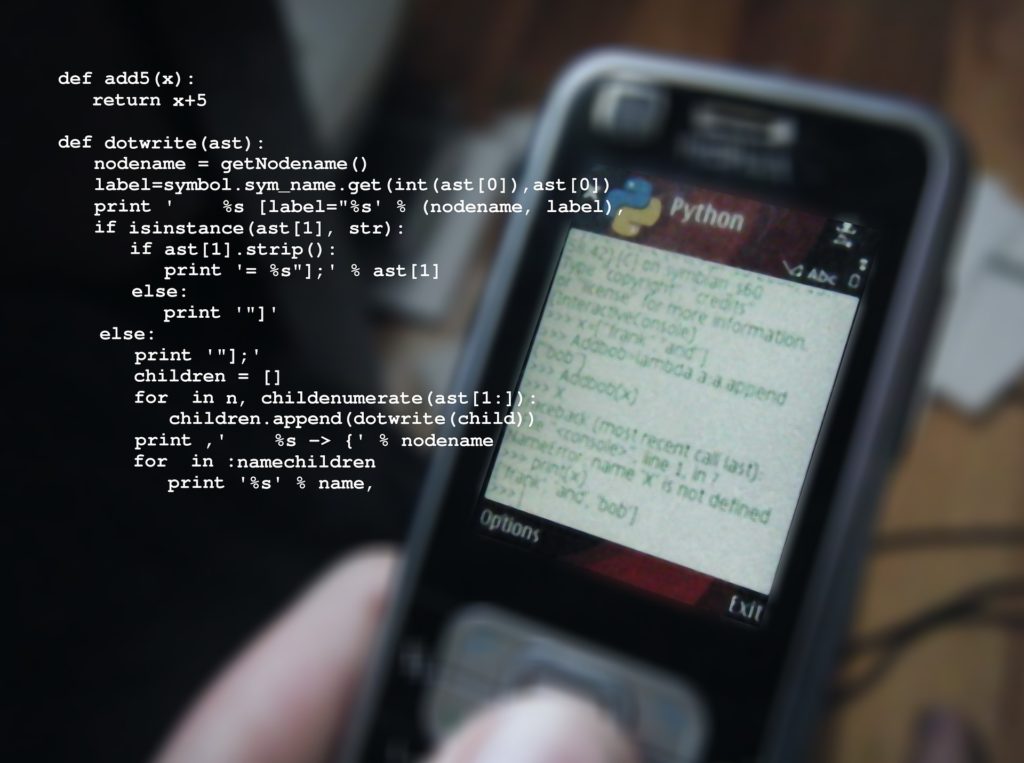Python is one of the most popular programming languages. However, the popularity itself does not come from anywhere. And although other languages undergo constant development and updates, as some say, the king is one. Where does this popularity come from, and how does it relate to machine learning and artificial intelligence?
What is Python, and what is it used for?
There are at least 600 different software languages on the market. Therefore, it is difficult to decide on “the one.” Fortunately, choosing Python (even blindly) is a good investment. It is a very popular open-source language, which was created in the early ’90s. Responsible for its creation was a Dutch programmer Guido van Rossum, who named it after Monty Python’s circus. Interestingly, the language – while somewhat avant-garde – was based on other well-known languages, including ABC and Bash. Incidentally, this language is recommended as one of the first when it comes to learning programming.
Why should you choose Python?
In terms of popularity, Python’s position among other programming languages is almost indisputable. This rule is mainly due to its simplicity. This language is extremely transparent, and sometimes only one glance is enough to judge what is coded in a selected line of the program. Some specialists even say that this code reads like… book in English. By the way, it is worth mentioning that this simplicity is the basic value, which guided the creator of this tool. He created a language that is not supposed to be analyzed but used “in practice.” In a word – a person writing in Python is supposed to focus primarily on coding and not on building more lines of unnecessary code.
Some people even think that Python is… the new Java. Why? Because it is believed (and quite rightly) that this language is good to learn and universal. Many other programming languages inspire it, and “references” can be found in many parts. What’s more, it is much simpler than Java… much simpler than Java. This feature contributes to its popularity because – according to the Analytics India Magazine research – as many as 44 percent of IT specialists operating in the field of data science declare their knowledge of Python.
Python in a clash with artificial intelligence
Programming in Python is much more popular because of artificial intelligence. “Creating” it in this language is much easier than in the case of other analogous languages. Here are the advantages that Python stands out in relation to AI:
- Very good quality of documentation, which is reflected in the efficiency of working with the language.
- Python is independent of the platform used.
- The language is very simple, and beginners can learn it very quickly.
- The language supports a whole bunch of libraries, which is important in the context of creating complex and diverse applications.
- The language is efficient, portable (running on different platforms), and simple design, which has a significant impact on the work with IT.
- It can be used to create a variety of applications, including web, scientific and mathematical tools.
Not only that – but it is also an ideal language for machine learning. Thus, it can be successfully used in the process of automation of some application processes. It is possible to learn many different concepts in Python, including linear algebra and probability calculus. Moreover, the data packages used for machine learning can be raw, although their handling by the language is possible through various types of packages. In a nutshell, Python is one of the most innovative languages that stands out for its immense potential. And that is why it is so popular among programmers.
Summary
Programming in Python can be an interesting “springboard” to many other programs. Anyway, it is an ideal language for people who are just starting their adventure with programming.




Pingback: Why is Python So Popular? - The World Wide Code